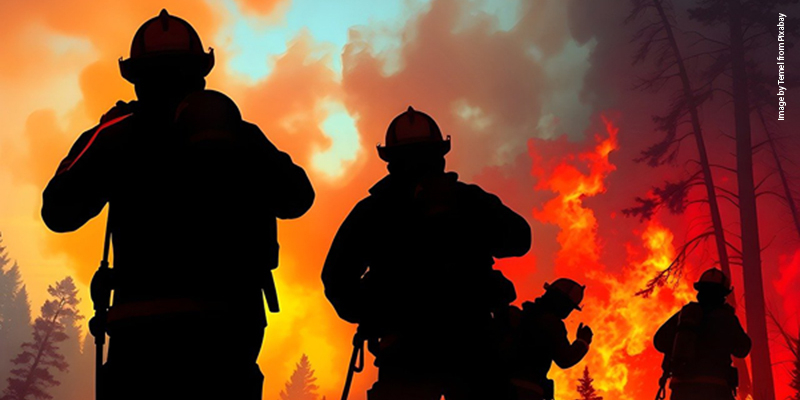The Cliffs of Moher is one of Ireland's top visitor attractions and a designated UNESCO Geo Park. O'Brien's Tower stands proudly on a headland of the majestic cliffs. From the cliffs you can see the Aran Islands, Galway Bay, as well as The Twelve Pins, the Maum Turk Mountains in Connemara and Loop Head to the South. The Cliffs of Moher take their name from a ruined promontory fort “Mothar” which was demolished during the Napoleonic wars to make room for a signal tower.
The Cliffs of Moher is home to one of the major colonies of cliff nesting seabirds in Ireland. The area was designated as a Special Protection Area (SPA) for Birds under the EU Birds Directive in 1986
Coastway were approached in April 2012 to assist in contributing towards an Environmental Impact Statement for the future development of a specific area on the Cliffs of Moher and its immediate hinterland.
It is eventually planned to make the Cliffs of Moher a future UNESCO World Heritage programme site. There are currently only two in Ireland; Bru na Boinne and Skellig Michael.
Scope of Work
The Cliffs of Moher, located on the western seaboard of County Clare Ireland, are 214m high at the highest point and range for 8 kilometres over the Atlantic Ocean. The brief was to laser scan, prepare a 3D model and high definition video from the resultant point cloud data of a 2km section of the cliffs. As the cliff face is only accessible and visible by boat the biggest challenge for this project was how to laser scan from a moving platform and how to achieve sufficient resolution, coverage, and accuracy from a place of safety.
Data acquisition
After considering the various options, Coastway approached Measurement Devices Ltd (MDL) a manufacturer and provider of ruggedized laser scanning equipment. MDL proposed a solution using the Dynascan 3D mobile mapping system that can be mounted on both vehicles and vessels and used to capture 3D LiDAR data of topography. The small size and compact nature of the Dynascan system meant that it could be quickly mobilised during a limited weather window and easily mounted on a vessel of opportunity. A Dynascan M500 mapping grade system with a laser accuracy of +/-50mm and a range of up to 500m was utilised for the project.
The unit and secondary GPS antenna were mounted on a boom at the front of the fishing boat allowing a sufficient field of view for the 360 degree Scanning Laser Module (SLM) to survey the cliff. In addition to the SLM the Dynascan contains a high grade Inertial Measurement Unit (IMU) consisting of gyroscopes and accelerometers that works to compensate for the motion, pitch and roll of the boat.
Accurate 3D positioning was achieved using the built in Real Time Kinematic (RTK) differential GNSS systems, which employ GNSS carrier phase differential techniques to provide real-time, centimetre-level, three-dimensional positioning. RTK correction signals where derived from a local RTK Base Station that was set up over a known Survey Control Point on the cliff top. The computed correction signals where then transmitted to the mobile GNSS receivers on the Dynascan over a UHF Radio Link. The raw data was also logged to be used for post processing in case of RTK shadow near the cliff and as a quality assurance measure.
Qinsy acquisition software was used to provide real-time on the fly data processing and visualisation of the acquired data allowing for coverage and quality to be verified during the survey. In addition to the laser point cloud photography was captured using a standard digital SLR camera.
Approx. 2km of the cliff face was surveyed over 7 passes in different directions to ensure full coverage of the varied contours of the cliff face and bays. The actual survey data took less than hour to acquire. On completion of the vessel survey the system was transferred onto a vehicle and used to capture the topography on the top of the cliff. The data was collected on the same grid allowing for seamless integration between the two data sets. The entire equipment mobilisation, data acquisition on the vessel and vehicle, demobilisation, and data download was completed successfully within a single day.
Data Post processing
The geo-referenced point cloud was handed over to Coastway for post processing. The initial data was imported into Leica Cyclone point cloud processing software. The data was reviewed and cleaned, producing a point cloud ready for mesh creation. The final data set was exported to a XYZ text file and imported into 3D modelling software package.
Within some of the bays there was a shallow reef meaning the boat could not get close enough to scan parts of the cliff face leading to some gaps with the laser data. Coastway therefore used the photos acquired and the Autodesk 123D software to create a 3D model to fill in the gaps. The combined cloud was remeshed creating a seamless model of the cliff face. The high resolution image was used to 'bake' the imagery onto the final mesh model.
Finally the 3D model was rendered with the imagery acquired and a fly through animation produced using 3D visualisation software.
Surveyors:
Jonathan Robinson (MDL)
Alastair Delooze (MDL)
Liam Murphy (Coastway)
Subscribe to our newsletter
Stay updated on the latest technology, innovation product arrivals and exciting offers to your inbox.
Newsletter

